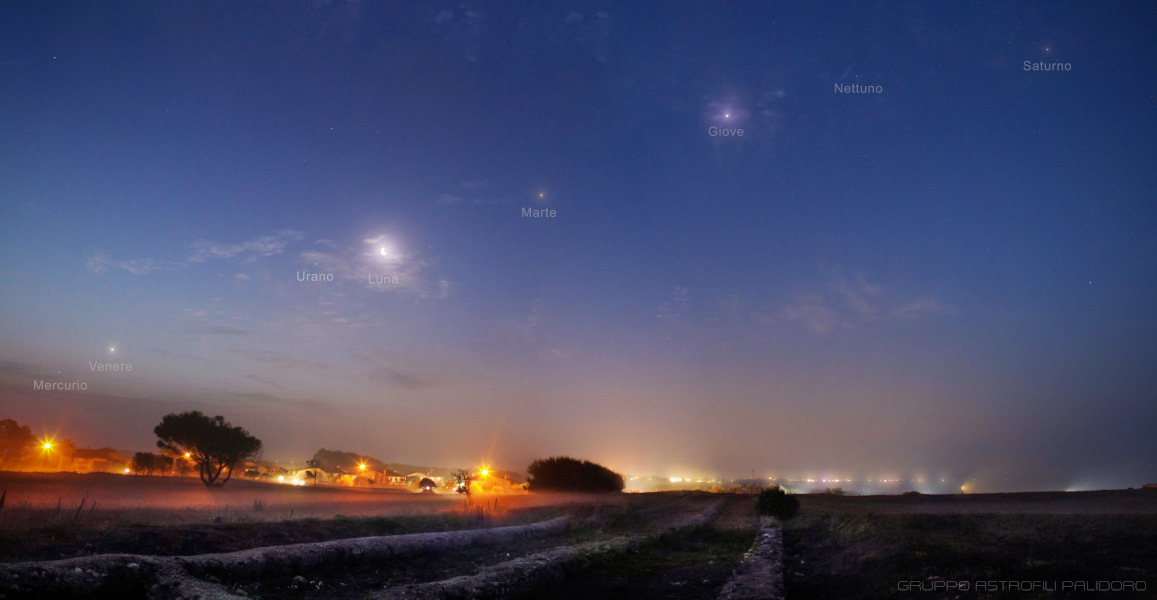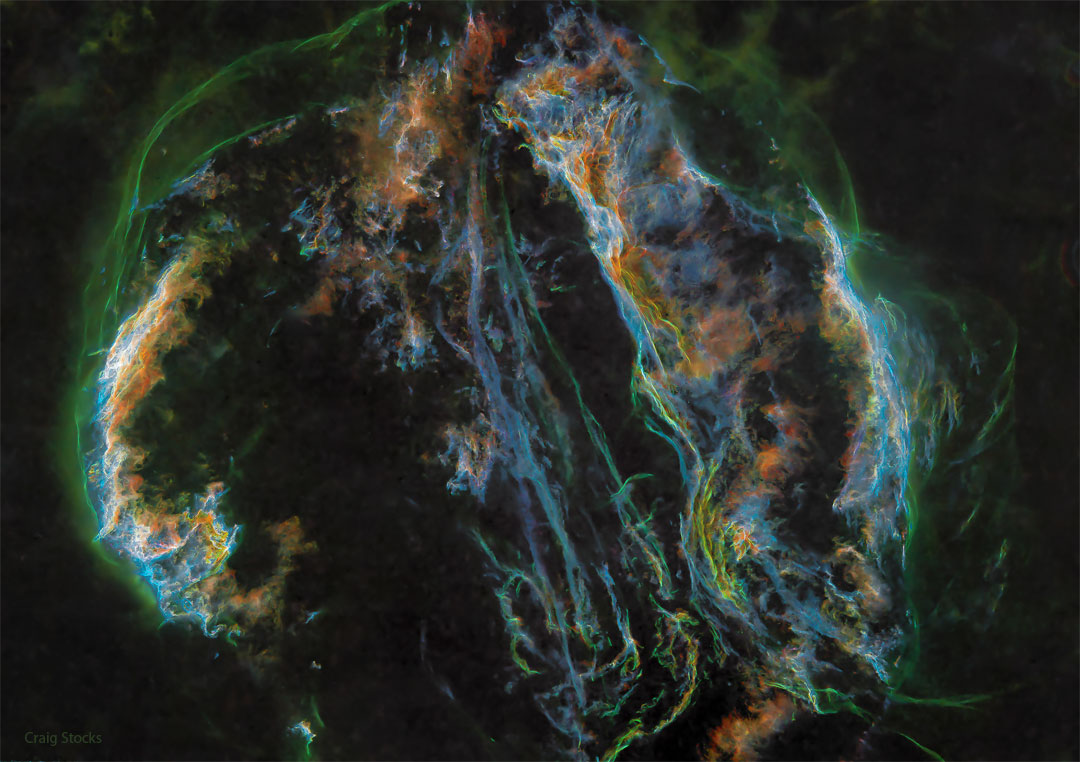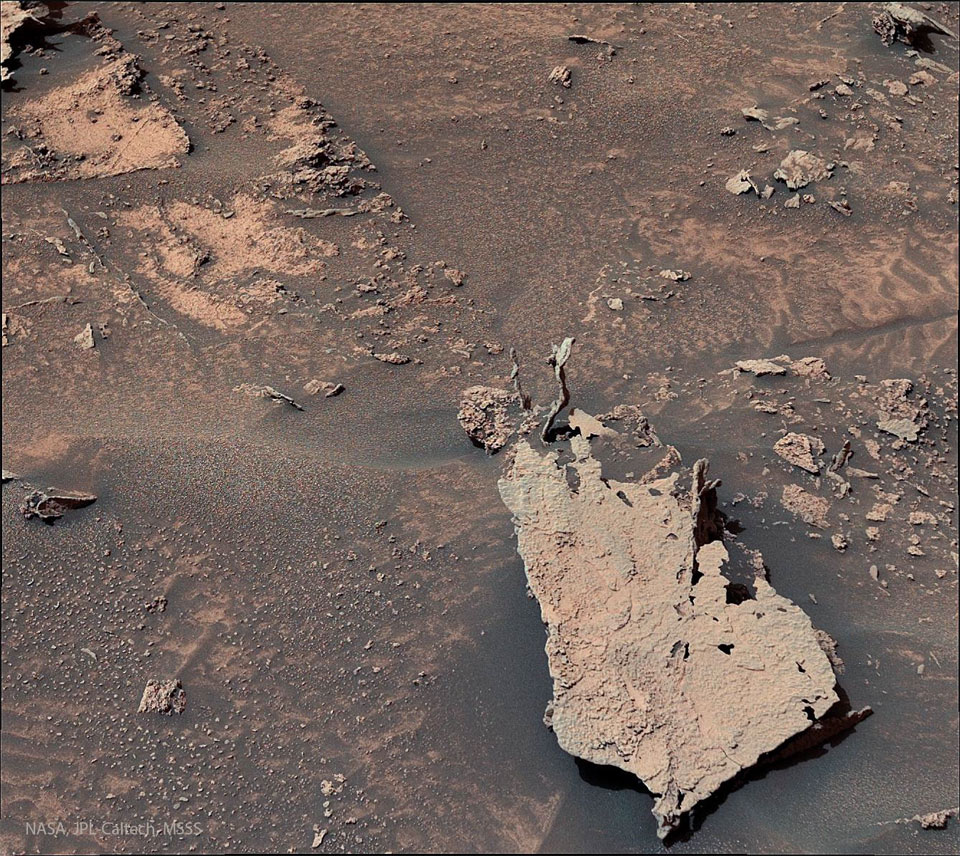Eram 19h25 de domingo quando Alasdair Burns, guia de observação de estrelas na Ilha Stewart, Nova Zelândia, recebeu uma mensagem de um amigo a pedir que fosse olhar para o céu. Burns saiu de casa e testemunhou uma enorme espiral azul de luz no meio da escuridão do céu. “Parecia uma enorme galáxia em espiral, ali a pairar no céu e a atravessá-lo lentamente. Foi uma sensação muito estranha”, confessa, citado pelo The Guardian.
Depois de ter observado o fenómeno durante uns segundos, rapidamente se lembrou de eternizar o momento e capturou algumas imagens.
Richard Easther, físico na Universidade de Auckland, explicou ao jornal que são formadas nuvens desta natureza quando um foguetão leva um satélite para a órbita da terra. “Quando o combustível propulsor é ejetado, o que temos essencialmente é água e dióxido de carbono, que formam uma nuvem iluminada pelo sol”, começa por explicar.
“A combinação da geometria da trajetória da órbita do satélite e da forma como nós estamos posicionados em relação ao Sol foi o que foi capaz de produzir estas nuvens esquisitas que eram visíveis da Ilha Sul”, acrescenta o físico.
O “espetáculo” observado terá sido provocado pelo lançamento do satélite da Globalstar a cargo da SpaceX, que foi enviado para uma órbita mais baixa a partir do Cabo Canaveral, na Flórida.
Visão










